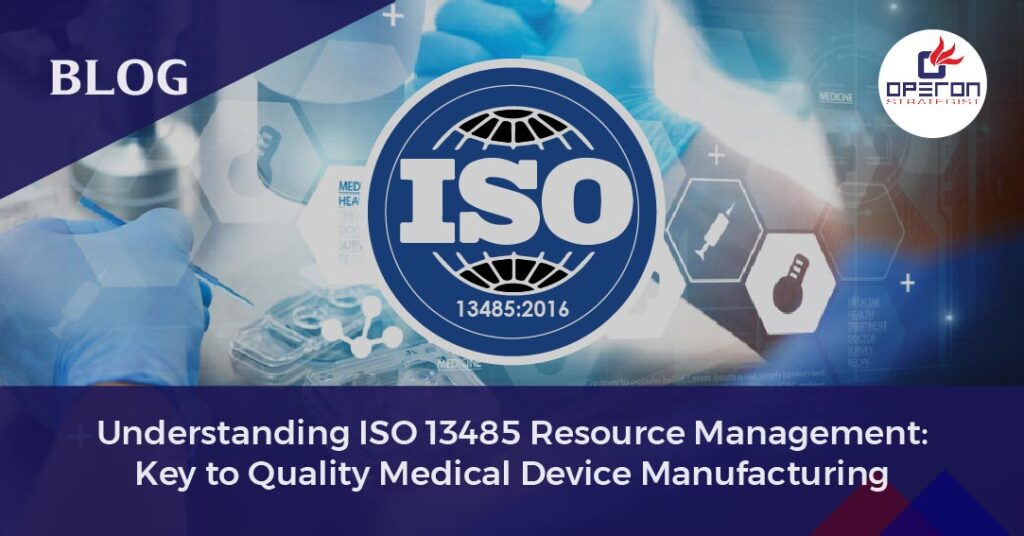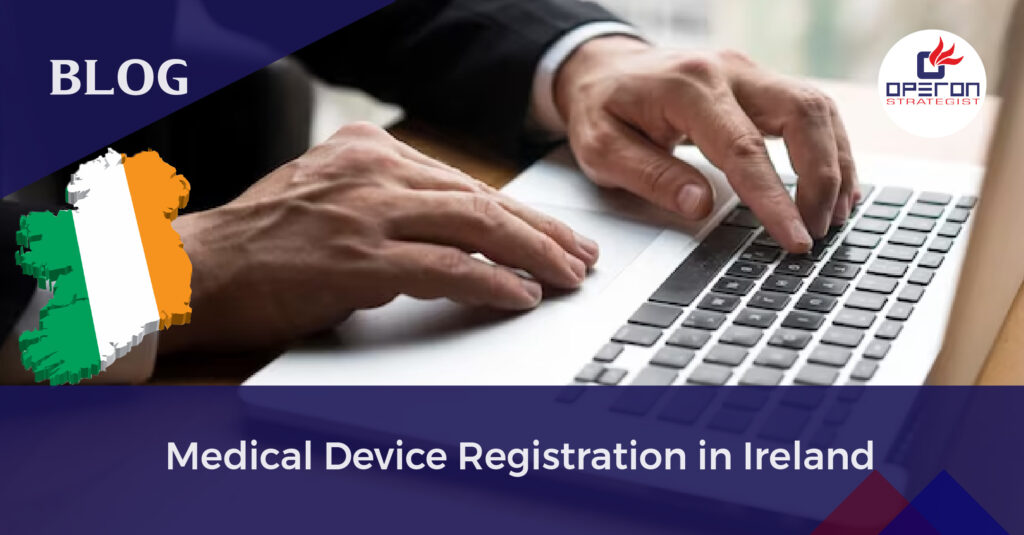ISO 13485 Resource Management - Overview
In the medical device industry, maintaining high standards of quality and safety is paramount. One of the critical components that ensure these standards is effective resource management, as outlined in ISO 13485. This international standard specifies the requirements for a comprehensive Quality Management System (QMS) specifically tailored to the design, development, production, installation, and servicing of medical devices. Let’s delve into the key aspects of ISO 13485 resource management and how it helps streamline operations and ensure compliance.
Read more, Ultimate Guide to Conduct an ISO 13485 Internal Audit
Looking For a Medical Device Regulatory Consultant?
What is Resource Management in ISO 13485?
Resource management under ISO 13485 involves planning and controlling the resources needed to implement and maintain a quality management system. This encompasses human resources, infrastructure, work environment, and necessary equipment. Efficient resource management ensures that all aspects of production and service provision meet regulatory requirements and customer expectations.
Related blog, Most Important ISO Standards For Medical Devices
Key Components of Resource Management
- Human Resources:
Ensuring that staff involved in the QMS are competent based on education, training, skills, and experience is crucial. ISO 13485 requires documented procedures for identifying training needs and maintaining appropriate records of education, training, skills, and experience. Regular training programs should be implemented to keep the workforce updated with the latest industry standards and practices.
- Infrastructure:
The standard mandates that organizations determine provide, and maintain the infrastructure necessary to achieve product conformity. This includes buildings, workspace, utilities, process equipment, and supporting services like transport or communication. A well-maintained infrastructure supports consistent production quality and safety.
- Work Environment:
Organizations must identify and manage the work environment needed to achieve product requirements. This involves controlling factors such as cleanliness, environmental conditions, contamination control, and safety. Creating an optimal work environment minimizes risks and ensures product quality.
- Equipment and Facilities:
Equipment used in medical device production must be suitable for its intended purpose, properly maintained, and calibrated at specified intervals. Proper documentation of equipment calibration and maintenance ensures traceability and accountability, which are essential for regulatory compliance.
Benefits of Effective Resource Management
- Enhanced Product Quality: Properly managed resources lead to consistent product quality, which is crucial for patient safety and regulatory compliance.
- Regulatory Compliance: Meeting the stringent requirements of ISO 13485 ensures that medical device manufacturers comply with international regulations, facilitating smoother market access.
- Operational Efficiency: Efficient resource management minimizes waste, reduces downtime, and optimizes production processes, leading to cost savings and increased profitability.
- Employee Satisfaction: Providing adequate training and a conducive work environment boosts employee morale and productivity, fostering a culture of quality within the organization.
Implementing ISO 13485 Resource Management
To effectively implement ISO 13485 resource management, organizations should follow these steps:
- Assessment: Conduct a thorough assessment of current resource management practices to identify gaps and areas for improvement.
- Planning: Develop a resource management plan that outlines the necessary resources, including human resources, infrastructure, and equipment, along with their respective roles and responsibilities.
- Training: Implement comprehensive training programs to ensure that all employees understand the requirements of ISO 13485 and their roles in maintaining the QMS.
- Documentation: Maintain detailed records of all resource management activities, including training records, equipment calibration, and maintenance logs.
- Continuous Improvement: Regularly review and update resource management practices to adapt to changing regulatory requirements and industry standards.
Get Expert Consultation for Medical Device QMS Management
Role of Operon Strategist
Effective resource management is essential for achieving ISO 13485 compliance and ensuring the production of safe and reliable medical devices. Operon Strategist offers a comprehensive suite of services to assist medical device manufacturers in managing their resources efficiently and effectively. From gap analysis and training to infrastructure optimization and continuous improvement, Operon Strategist provides the expertise and support needed to navigate the complexities of ISO 13485 resource management. Partnering with Operon Strategist ensures compliance and enhances operational efficiency, product quality, and overall success in the competitive medical device industry.
- adminhttps://operonstrategist.com/author/admin-2/
- adminhttps://operonstrategist.com/author/admin-2/
- adminhttps://operonstrategist.com/author/admin-2/
- adminhttps://operonstrategist.com/author/admin-2/



